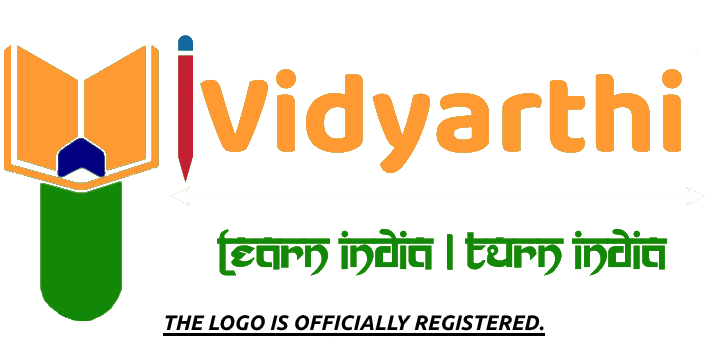Chat GPT: The Powerful AI Language Model
What is Chat GPT?
Chat GPT, also known as GPT (Generative Pre-trained Transformer), is an artificial intelligence (AI) language model created by OpenAI. It is one of the most advanced language models in the world that is capable of generating human-like responses to text-based queries.
The concept of Chat GPT is simple – it is trained on massive amounts of text data to learn the patterns and rules of language. It can then use this knowledge to generate responses to text-based queries. Chat GPT is constantly learning and improving its ability to understand and respond to natural language.
Chat GPT uses a neural network architecture called Transformer to process and generate language. The Transformer architecture is designed to process sequential data such as text, and it is made up of a series of encoder and decoder layers. The encoder layers analyze the input text, while the decoder layers generate the output text.
Chat GPT has been trained on vast amounts of data from a variety of sources, including books, articles, websites, and other text-based resources. The more data it is trained on, the better it becomes at understanding and generating language.
Chat GPT is widely used in many applications, such as chatbots, language translation, and content generation. It is particularly useful in applications that require natural language processing and understanding, such as customer service chatbots and virtual assistants.

How Chat GPT Works
Chat GPT works by processing the input text using its neural network architecture and generating a response based on the patterns and rules it has learned from the data it has been trained on. The response generated by Chat GPT is designed to be as human-like as possible, and it is often difficult to distinguish between a response generated by Chat GPT and one generated by a human.
The process of generating a response using Chat GPT can be broken down into a few steps. First, the input text is processed by the encoder layers of the Transformer architecture. The encoder layers analyze the input text and create a representation of it in a high-dimensional space.
Once the input text has been processed by the encoder layers, the decoder layers of the Transformer architecture generate a response based on the input text representation. The response generated by the decoder layers is then output by the system as the final result.
Chat GPT can generate responses to a wide variety of text-based queries. It can be used to answer questions, provide recommendations, or even generate entire paragraphs of text. The quality of the responses generated by Chat GPT depends on the quality and quantity of the data it has been trained on.
Applications of Chat GPT
Chat GPT has a wide range of applications, particularly in the fields of natural language processing and artificial intelligence. Some of the most common applications of Chat GPT include:
Chatbots: Chatbots are computer programs that are designed to simulate human conversation. Chat GPT is often used to power the language processing capabilities of chatbots, allowing them to provide more human-like responses to user queries.
Language translation: Chat GPT can be used to translate text from one language to another. It can be trained on vast amounts of text data from multiple languages to improve its accuracy and fluency.
Content generation: Chat GPT can be used to generate content such as articles, blog posts, and product descriptions. This can save time and resources for companies that need to produce large amounts of content.
Virtual assistants: Chat GPT can be used to power the language processing capabilities of virtual assistants, such as Siri or Alexa. This allows virtual assistants to understand and respond to user queries in a more human-like manner.
Conclusion
Chat GPT is one of the most advanced language models in the world. It is capable of generating human-like responses to text-based queries, and it can be used in a wide variety of applications, from chatbots to language translation to content generation.
The potential applications of Chat GPT are vast, and it has the potential to revolutionize the way we interact with computers and technology. It is already being used in a wide range of industries, from customer service to e-commerce to healthcare.
As the technology continues to improve, we can expect Chat GPT to become even more versatile and useful. It has the potential to transform the way we communicate and interact with technology, making our interactions more human-like and intuitive.
In conclusion, Chat GPT is a powerful AI language model that has the potential to transform the way we interact with technology. Its ability to generate human-like responses to text-based queries makes it ideal for a wide range of applications, from chatbots to virtual assistants to content generation. As the technology continues to improve, we can expect Chat GPT to become even more versatile and useful, revolutionizing the way we communicate with technology.
Other Articles
